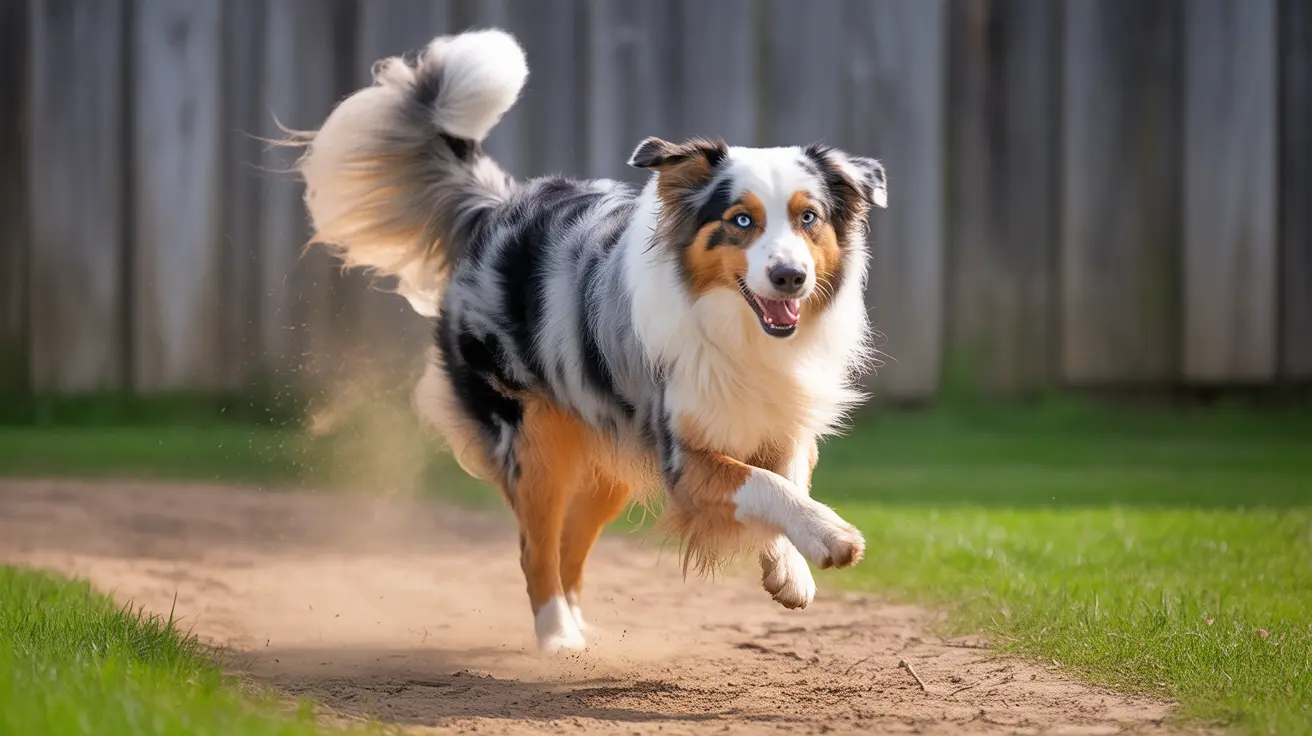If you've ever watched your dog finish their business and then perform an enthusiastic dirt-kicking ritual, you're witnessing an fascinating instinctual behavior that dates back to their wild ancestors. This post-potty scratching dance, while sometimes amusing to watch, serves several important purposes in canine communication and social behavior.
Let's explore the science behind why dogs kick dirt after pooping and understand what this common behavior really means for our four-legged friends.
The Evolutionary Purpose Behind the Kick
Dogs' ground-scratching behavior after elimination isn't just a quirky habit - it's deeply rooted in their evolutionary history. Wild canids, including wolves and coyotes, have been observed performing this same action for thousands of years.
This behavior serves as a sophisticated form of communication that has been preserved through generations of domestication. Even though our pet dogs no longer need to mark territories for survival, the instinct remains strong.
Scent Marking: More Than Meets the Eye
When dogs kick dirt after pooping, they're actually engaging in a complex form of chemical communication. Their paw pads contain special scent glands that release pheromones during the scratching motion. These chemical signals, combined with the scents from their waste, create a powerful olfactory message for other dogs.
The scratching motion helps to spread these scents over a larger area, effectively creating a larger "message board" for other dogs to read. This chemical signature can communicate various pieces of information, including:
- Territory boundaries
- Individual identity
- Reproductive status
- Recent presence in the area
Visual Communication and Social Signaling
The physical act of kicking serves as a visual display that other dogs can observe both in real-time and after the fact. The disturbed ground creates visible markers that last longer than scent alone, serving as a territorial boundary marker that other dogs can easily recognize.
This behavior often increases when other dogs are present or near territory boundaries, suggesting its importance in social communication. Some dogs may even perform more vigorous kicks when they feel the need to assert their presence more strongly.
The Difference Between Dogs and Cats
Unlike cats, who bury their waste to hide their presence from predators or competitors, dogs actively advertise their presence through post-elimination kicking. This fundamental difference highlights the distinct evolutionary strategies these animals have developed.
Dogs' behavior is about marking and claiming territory, while cats' behavior focuses on concealment and avoiding conflict.
Frequently Asked Questions
Why do dogs kick dirt after pooping instead of burying their waste like cats?
Dogs kick dirt to mark their territory and communicate with other dogs, not to hide their waste. This behavior spreads their scent and creates visible markers for other dogs to notice.
How does kicking dirt after pooping help dogs mark their territory?
The action releases pheromones from scent glands in their paws and spreads the scent from their waste over a larger area. This creates a more noticeable territorial marker for other dogs.
Do both male and female dogs exhibit ground-scratching behavior after elimination?
Yes, both male and female dogs engage in this behavior, though some studies suggest it may be more common in dominant or senior dogs.
Can the dirt-kicking behavior after pooping signal social status or dominance among dogs?
Yes, the intensity and frequency of ground-scratching can serve as a dominance display, especially when other dogs are present or in unfamiliar territories.
Should I be concerned if my dog kicks dirt vigorously or excessively after pooping?
Generally, this behavior is normal and healthy. However, if your dog kicks so vigorously that they injure their paws or if this behavior suddenly increases, consult your veterinarian.
Understanding Your Dog's Natural Instincts
Watching your dog kick dirt after pooping might seem strange, but it's a perfectly natural and healthy behavior that helps them communicate with other dogs and establish their presence in their environment. As long as they're not causing harm to themselves or excessive damage to property, there's no need to discourage this instinctive behavior.
By understanding why dogs perform this ritual, we can better appreciate the complex ways our canine companions interact with their world and maintain their ancestral behaviors even in our modern environment.






